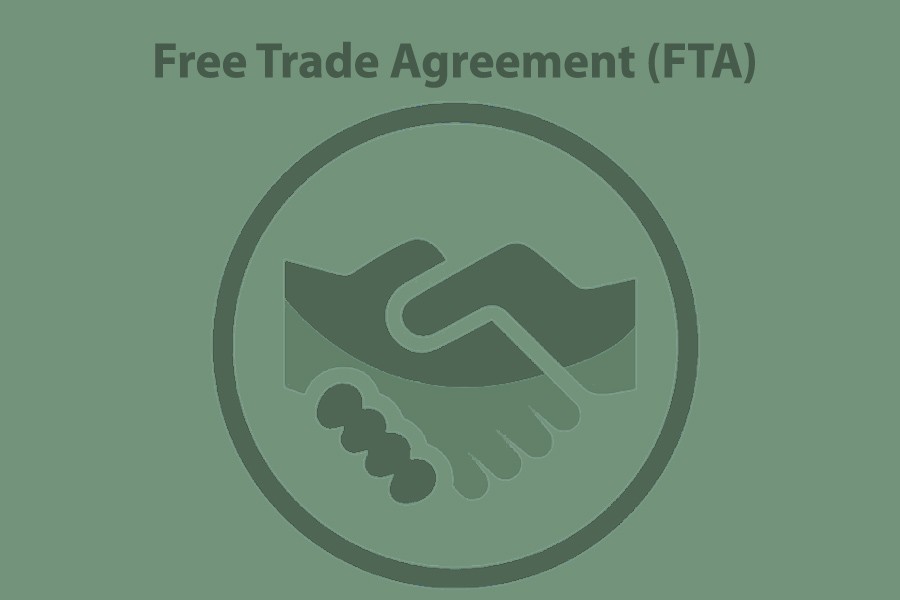Bangladesh and its other South Asian neighbours have not been able so far to exploit the full potential of the region's connectivity and thereby benefit from it. As a recent World Bank (WB) report has revealed, Bangladesh could raise its income by 17 per cent, if the already agreed rail, road and waterway treaties with India could be duly operationalised. In fact, the benefits are reciprocal as India would gain equally from the unhindered transport movement that the agreement promises.
The reality is things have not turned out that way. The reasons are basically trade constraints which include, among others, high tariff, para-tariff as well as non-tariff barriers. As such, it is hardly surprising that the average tariff on trade between the two countries is more than twice the global average. Such irrational tariffs have raised the cost of doing business between the two neighbours to a ridiculously high level. A trading house in Bangladesh, for example, will find it 15 to 20 per cent less costly to do business with a German company than with an Indian one. So, it is hardly surprising that bilateral trade between Bangladesh and India accounts for only 10 per cent of the country's total trade, while it is a mere 1.0 per cent for India. So, when earlier, the WB estimated the actual potential for trade between Bangladesh and India at US$16.5 billion, the actual figure hovered around US$ 9.85 billion in FY 2019. And, by default, the costs of doing business with other regional countries are also higher than it should be, if only due to the poor state of regional connectivity. Understandably, Bangladesh, which imports mostly raw materials including cotton, yarn and fabrics from India for its export-oriented apparel industry, had a huge trade deficit of US$7.35 billion during the fiscal year 2019 when the scourge of pandemic was yet to appear on the horizon. Now with vaccines in hand, things, hopefully, will normalise soon. At this point, measures should be in place to address the existing bottlenecks to bilateral trade between the two neighbours.
In this context, first comes the issue of streamlining the regulatory regimes as well as strengthening dispute settlement mechanism relating to trade between the neighbours. Custom clearances on either side of the border need to be synchronised through common data platforms. To this end, a single window and electronic data interchange mechanism should be installed at the border. This would help ease the process of issuing permission to cargo-laden vehicles to cross border without hassles as envisaged in the Bangladesh, Bhutan, India and Nepal Motor Vehicle Agreement (BBIN-MVA) reached in 2015.
In a similar vein, there are other related issues like certification, laboratory testing, sanitary and phytosanitary measures and technical standards. To avoid unnecessary delay in the movement of goods and services across the borders, the neighbours in question would be required to recognise each other's specifications and standards and reach an agreement to that effect. The removal of these roadblocks to connectivity is apt to increase the volume of trade between the regional neighbours manifold. As an estimate goes, a free trade agreement (FTA) between Bangladesh and India supported by an improved transport connectivity can increase Bangladesh's export to India by 297 per cent. As such, it is time Bangladesh, India and their other regional neighbours came closer to realise their full potential and thus turned South Asia into a global growth hub.


